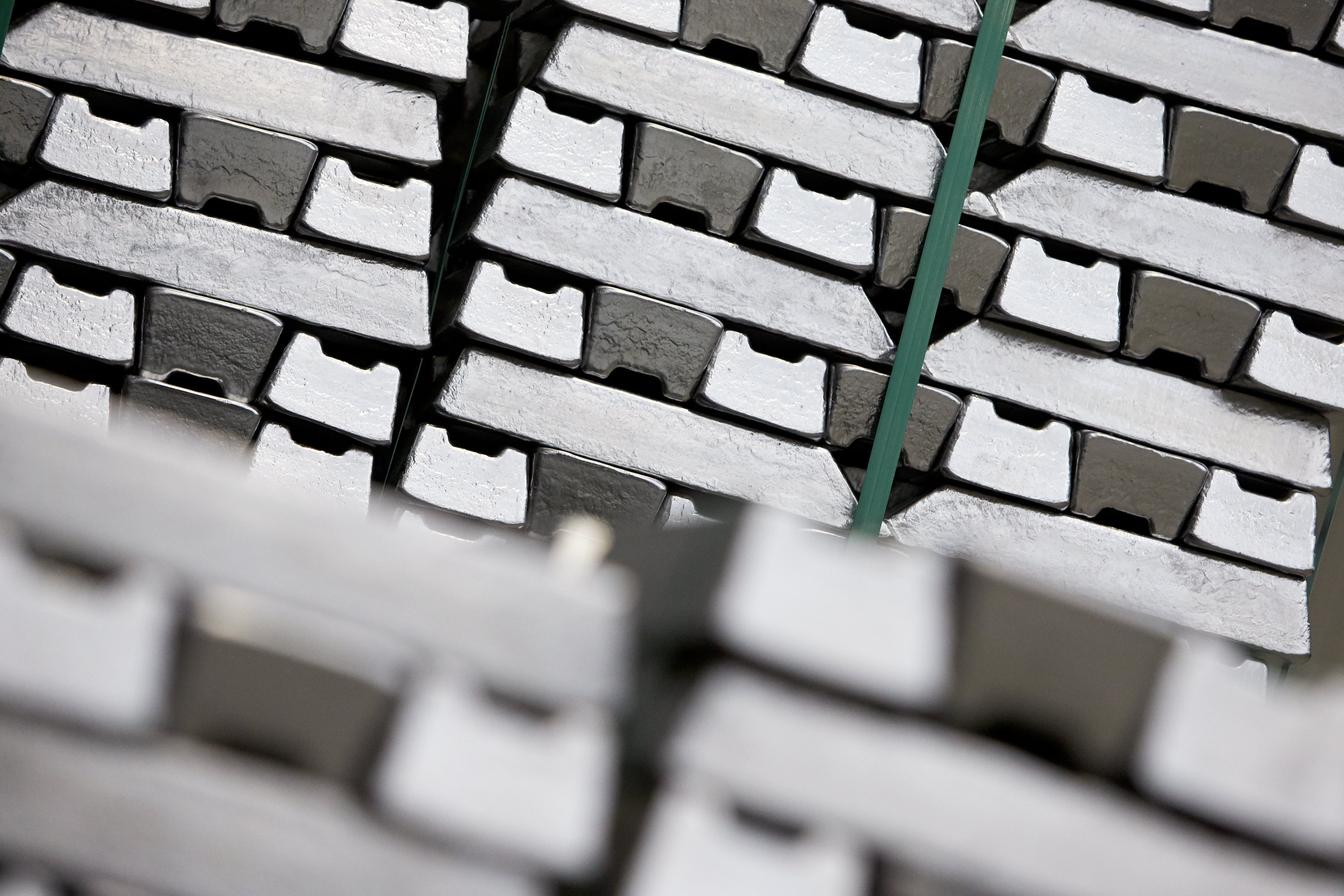What we offer
Discovering European Standards: Aluminium Alloy Specifications for Foundries
We at Stena Aluminum produce aluminum alloys with precise specifications tailored to meet the needs of various industries. Our alloys are known for their high strength, durability, and corrosion resistance, making them suitable for a wide range of applications.
Explore European standards for die casting, sand casting, and chill casting alloys. Discover requirements for chemical composition, casting properties, heat treatment, and mechanical properties. Learn about general properties and applications. Choose from our range of die casting alloys or request a customized alloy tailored to your production needs. We also offer sand and chill casting alloys in our product lineup.
Are you interested in knowing more about the mechanical properties of our alloys?
Please see the PDF below:
Mechanical properties - EN 1706
*You can find all data sheets in the sidebar

Share article
https://www.stenaaluminium.com/what-we-offer/alloy-specifications/